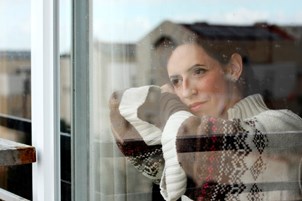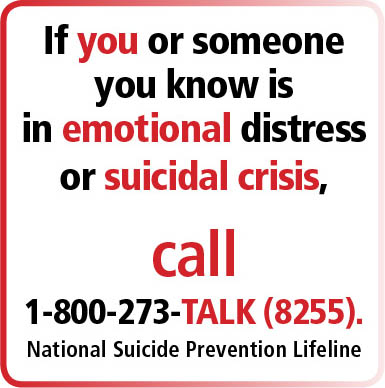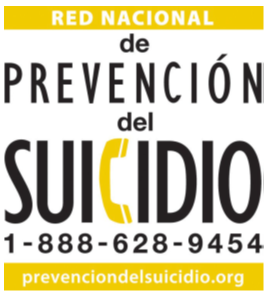Depression is not the same for everyone.
There are several types of depression.
Major Depression

Symptoms for this type of depression are severe and can get in the way – making it hard to do your job, sleep, study, eat, and enjoy life. This type of depression may happen only once in a person’s lifetime, but more often, a person has several times when symptoms occur.
Persistent Depressive Disorder
This diagnosis is for a depressed mood that lasts for at least 2 years. A person with persistent depressive disorder may have bouts of major depression along with periods of less severe symptoms, but the symptoms will last for at least 2 years.
Bipolar Disorder
Also called manic-depressive illness, this type of depression is not as common as major depression or persistent depressive disorder. With bipolar disorder, mood changes swing back and forth - from extreme highs (e.g., mania) to extreme lows (e.g., depression).
Other Forms of Depression
Some forms of depression are slightly different, or they may develop under certain conditions. They include:
• Postpartum Depression – You may have heard of the “baby blues” after a woman has a baby. Hormonal changes along with the new task of caring for a newborn can be overwhelming, causing many women to experience sadness, anxiety, lack of sleep and mood swings after childbirth. For many women, these “baby blues” feelings go away after a few days or a week. If these feelings last for more than a week or two, or if you or someone you know continues to feel badly about themselves in the weeks or months after having a baby, postpartum depression may be a concern. It is estimated that 10 to 15 percent of women have postpartum depression after giving birth. Postpartum depression does not mean a woman is not a good mother and with treatment, most women feel better.
• Psychotic Depression – This type of depression occurs when a person has severe depression plus some form of psychosis, such as having disturbing false beliefs or a break with reality (delusions), or hearing or seeing upsetting things that others cannot hear or see (hallucinations).
• Seasonal affective disorder (SAD) – Symptoms with this type of depression begin during the winter months, when there is less natural sunlight, and go away during spring and summer. Many people with SAD feel “down” and tired - but more severe symptoms may happen too. SAD may be well treated with light therapy, but nearly half of those with SAD do not get better with light therapy alone. Antidepressant medication and psychotherapy can reduce SAD symptoms, either alone or along with light therapy.
Source: National Institute of Mental Health


